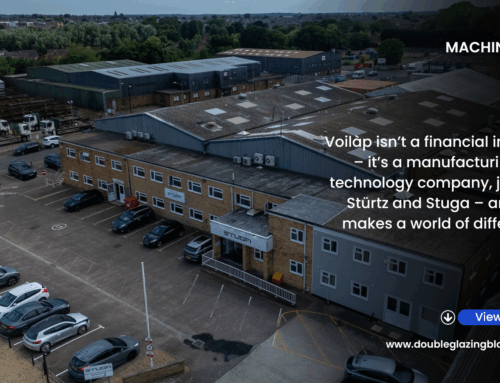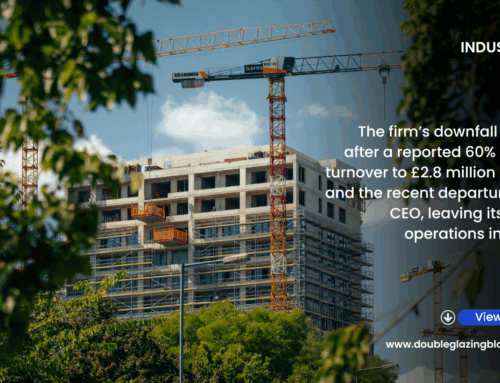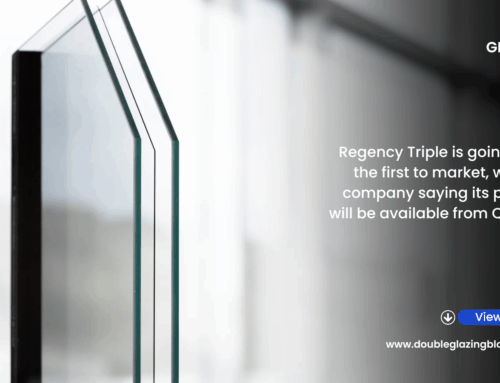We began the new working week with the news that Universal Arches, one of the longest-established bending companies in the sector, was to close. Posts on LinkedIn begun to drop from staff saying that they had been told not to come into work on Monday morning.
Confirmation via email was then sent to clients explaining the closing of Universal Arches and some reorganising of the other parts of the Kaliber Group, which includes KAT UK and Spitfire.
This continues the brutal consolidation phase that our industry finds itself in. And there is a lot more room for it to run as well.
Room to run
Despite the odd slightly over-optimistic industry report, I think most of us would agree that the summer was a rather drab affair. Yes, the weather was stunning for the most part. But in terms of business activity, it was pretty subdued to the point where the VEKA UK MD wrote an editorial piece saying as much.
Then we hit our usual quiet period as schools broke up for the summer holidays and millions made their getaway for vacations.
Now we are in what is normally a busy pre-Christmas period. Three months where homeowners usually try to rush jobs to completion before the worst of Winter sets in, and they can show off a nice new front door when the family comes round for dinner.
Whether this has materialised in the same way as previous years, I’m not sure. Speaking from my own personal point of view and our own family business, there has certainly been an uptick in enquiries. These now need to be converted to orders if we can say that the expected pre-Xmas rush has begun. I think it has, but a couple more weeks under our belts will tell us more.
What I do know is that this period of painful market consolidation does have more room to run. Business activity just does not seem to be brisk enough to warrant thinking otherwise. Had the sector had a busy summer, then perhaps we would be able to think a little differently, but from where I’m sitting, and from the conversations I’m having, we’re still on very shaky ground.
Top tip: if you want to get a true sense of how busy a company is, speak to their delivery drivers. They are the ones who see the number of frames going into installers, and tend to give you a very honest answer about how things actually are.
Time to buy and sell
The fact of the matter is that there are still too many companies in the sector when you look at demand levels. That goes specifically for installers and fabricators.
What we are likely to continue seeing in the installer part of the market is companies deciding either to sell up or to close. I already know of a number of companies that have decided to call it a day due to the difficult market conditions, and these businesses have tended to be run by people of a certain age who have been able to retire and step away from the market.
At the fabricator level, I believe we will continue to see a fast-paced M&A phase where bigger companies swallow up smaller competitors. We will also perhaps see more established names sadly fail as market conditions continue to bite.
I still do not rule out further moves at the systems company level. Although we have seen the launch of a takeover of Epwin Group by VEKA’s parent company, I still think there is some room for perhaps one more deal to consolidate that part of the market further. Maybe not this side of Christmas, but perhaps some way into 2026.
Looking ahead
What this all underlines is that the glass and glazing industry is in the middle of a structural reset. The pandemic years created unusual levels of demand, and many businesses scaled up to meet it. But that demand was never going to be permanent, and now we’re seeing the other side of the cycle where supply must realign with reality.
The companies that will endure are the ones that have invested in efficiency, automation, and service. It is no longer enough to simply make or fit a good product. Margins are under pressure, competition is fierce, and homeowners are far more selective in how they spend their money. Those that can differentiate on quality, customer service, or brand identity are the ones most likely to emerge stronger when the dust settles.
For those looking to exit, either through retirement or acquisition, now may be as good a time as any. Consolidators are still active, and while valuations aren’t what they were three years ago, there remains an appetite for sustainable businesses with decent order books and modern operations.
For the rest, the message is clear: tighten operations, look after existing clients, and prepare for more bumps in the road. This consolidation phase won’t last forever, but while it does, resilience and discipline are going to be key.
By the time we get through the other side of this—whether that’s 2026 or beyond—we may find ourselves with a leaner, sharper, and more stable industry. But to get there, more closures and more acquisitions are almost certainly on the cards.
Subscribe for FREE below to receive the weekly DGBulletin newsletter and monthly digital magazine!







